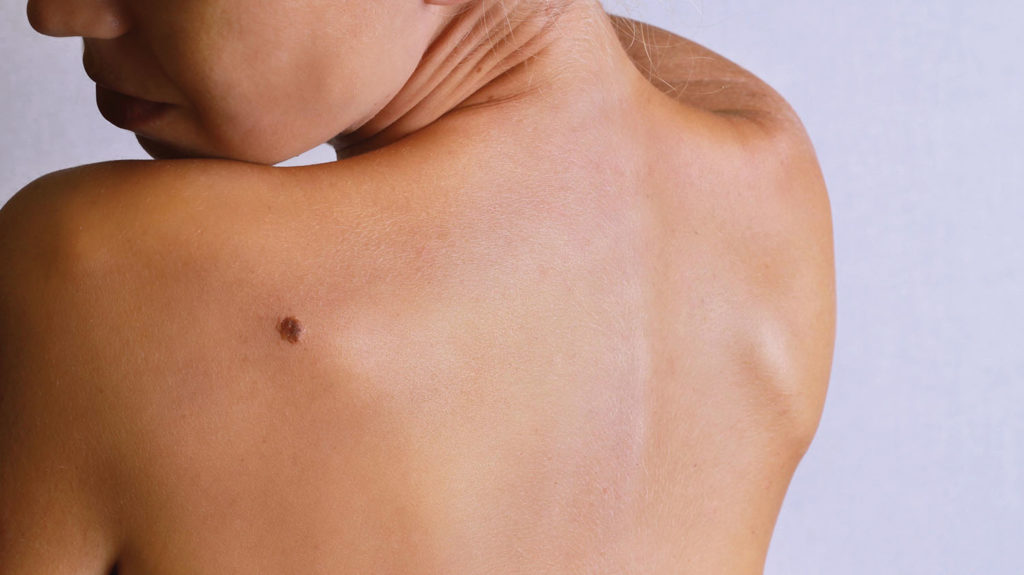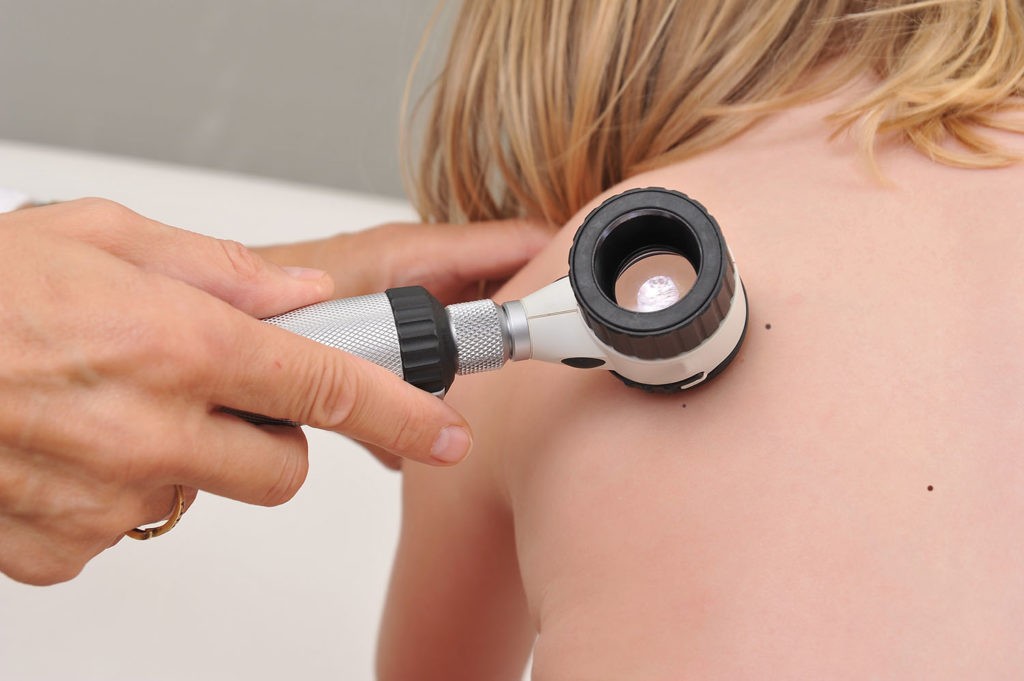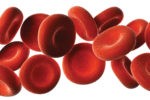May Is Skin Cancer Awareness Month

It’s Time to Reduce Your Risks
Skin cancer. As a society, it’s the cancer we don’t take seriously. Yet, it is a disease that affects people of every age, gender, and ethnicity. In fact, more people are diagnosed with skin cancer each year in the U.S. than all other cancers combined with over 5 million cases diagnosed each year.
While it is most common, it is also the most preventable form of cancer. Considered a lifestyle disease, about 90 percent of non-melanoma skin cancers and 85 percent of melanoma cases are associated with exposure to ultraviolet radiation from the sun.
May is Skin Cancer Awareness Month, and we hope to call it the year that awareness changed the statistics.
Skin Cancer Basics
Skin cancer is the out-of-control growth of abnormal cells in the epidermis, the outermost skin layer, caused by unrepaired DNA damage largely caused by UV exposure that triggers mutations. These mutations lead the skin cells to multiply rapidly and form malignant tumors. The two most common types of skin cancer — basal cell and squamous cell carcinomas — are highly curable, especially when caught early. Melanoma, the third most common skin cancer, is more dangerous and causes the most deaths.

Prevention
Just a few serious sunburns can increase your risk of skin cancer in your lifetime. However, you do not have to be at the pool, beach, or on vacation to get too much sun. Skin needs protection from the sun’s harmful ultraviolet (UV) rays whenever you are outdoors. This is true no matter your age or how much sun damage has already occurred. The good news is that it is never too early or too late to start protecting your skin from sun damage and lowering your sun exposure lowers your risks.
Parents should start early in protecting children from sun exposure, keeping babies covered using protective clothing, hats, and sunglasses and staying in the shade as much as possible. Babies older than 6 months can use additional forms of sun protection, such as SPF 30 to 50 sunscreen made for children. Practicing these measures early can help children instill a lifelong habit of skin protection.
The recommendations for lowering your risks as an adult are very similar. Here’s what The Skin Cancer Foundation recommends for lowering your risks.
Do Not Burn
Fortunately, gone are the days when people believed that “one good burn” at the beginning of the season helped you tan for the rest of the year. However, many people still do not avoid sunburn as they should. A person’s risk for melanoma, the deadliest form of skin cancer, doubles if he or she has had five or more sunburns at any point in life. Burns can and should be avoided with the right gear and practices.
Avoid Tanning and UV Tanning Booths
We know this may be an unpopular recommendation, but it’s an important one. The desire for tanned skin has long been part of our culture, yet despite knowing everything we know about the dangers of sun damage, many people still engage in unsafe sun behaviors in the quest for what they consider a healthy golden glow. According to The Skin Cancer Foundation,
“UV radiation from tanning machines is known to cause cancer in humans. Indoor UV tanners are 74 percent more likely to develop melanoma, one of the deadliest forms of skin cancer, than those who have never tanned indoors. Tanning bed users are also 1.5 times more likely to develop basal cell carcinoma and 2.5 times more likely to develop squamous cell carcinoma, two of the most common forms of skin cancer. The more time a person has spent tanning indoors, the higher the risk.”

Cover Up
Clothing, especially made from tightly woven material, is your best defense against the sun’s damaging rays and the more you cover the better. Also, choose to wear wide-brimmed hats and UV-blocking sunglasses whenever possible.
Use the Right Sunscreen with the Right Amount
Studies show that most people do not use the right kind of sunscreen, do not use it often enough, and do not use it in the right amounts. Use a broad-spectrum (UVA/UVB) sunscreen with an SPF of 15 or higher daily. For extended outdoor activity, use a water-resistant, broad-spectrum (UVA/UVB) sunscreen with an SPF of 30 or higher.
Apply 1 ounce (2 tablespoons) of sunscreen to your entire body 30 minutes before going outside. Reapply every two hours or immediately after swimming or excessive sweating. Never skimp on sunscreen as it proportionately lowers its effectiveness.
Seek the Shade
When it comes to skin cancer prevention and skin protection, it’s time to come to the dark side. Seek the shade especially between the hours of 10 AM and 4 PM when the sun’s harmful rays are the most damaging and the ultraviolet radiation is the strongest.
Skin Cancer Treatment Depends on You
The good news is that if skin cancer is caught early, your dermatologist can treat it with little or no scarring and high odds of eliminating it. Often, the doctor may even detect the growth at a precancerous stage, or before it has penetrated below the surface of the skin. This makes both self-examination and regular doctor visits essential.
Examine your skin head to toe every month and get regular medical exams. See your physician regularly for a professional skin examination and report any spots, moles, rashes, or changes in your skin to your doctor. If you notice any change in an existing mole or discover any new spot that doesn’t heal after several weeks, see a physician immediately.
At Healthy Kansas City, we are devoted to promoting sun-safe messages that will better help individuals manage their responses to sun exposure and help shape what we view as healthy skin. For more information see skincancer.org





